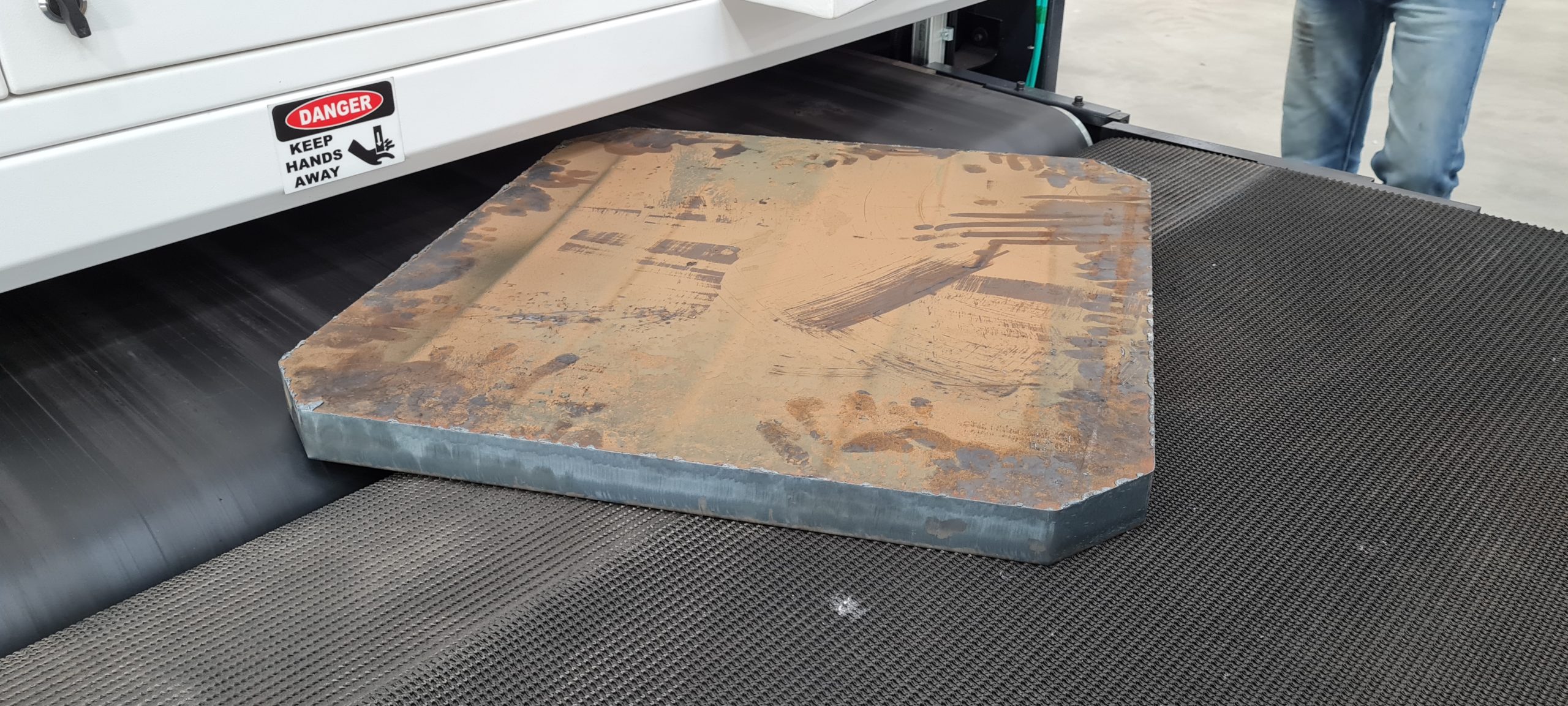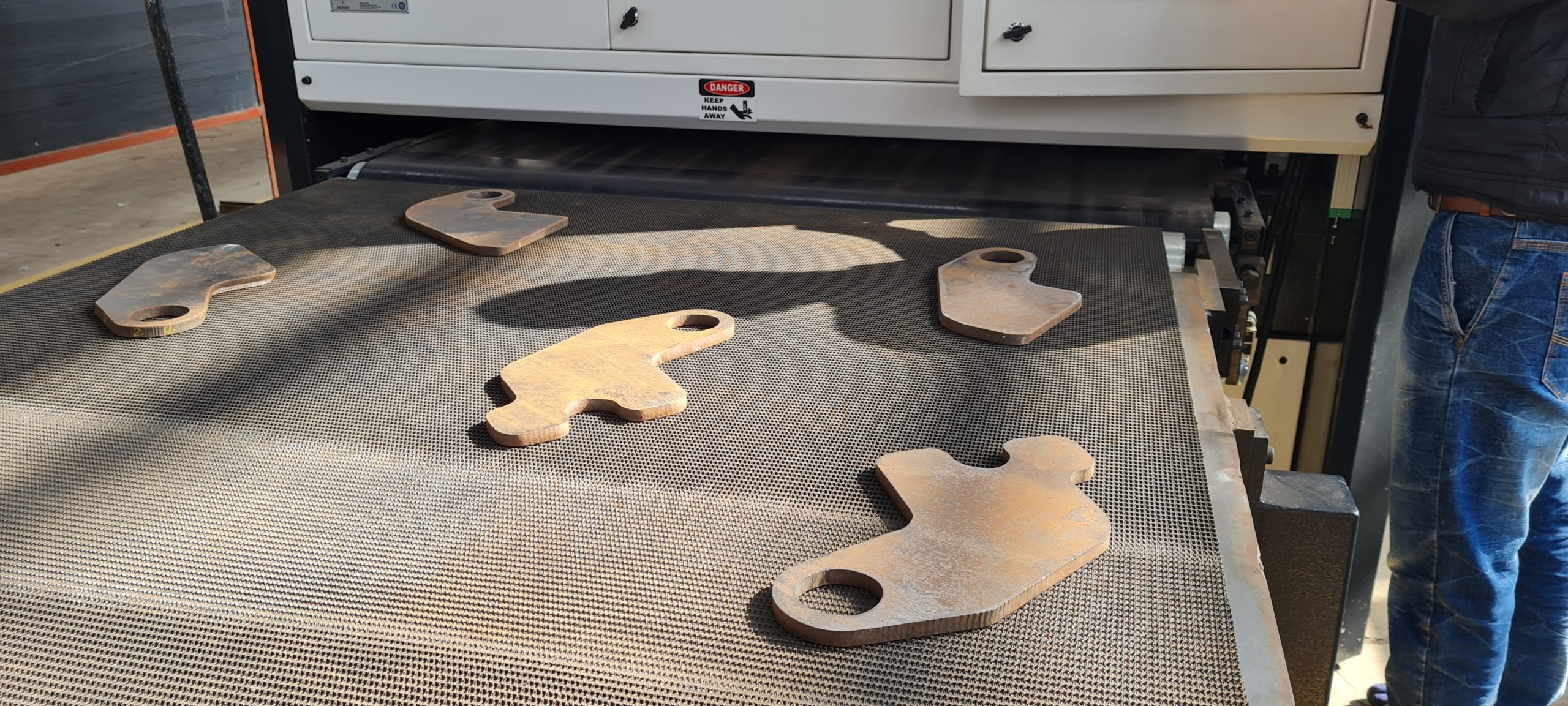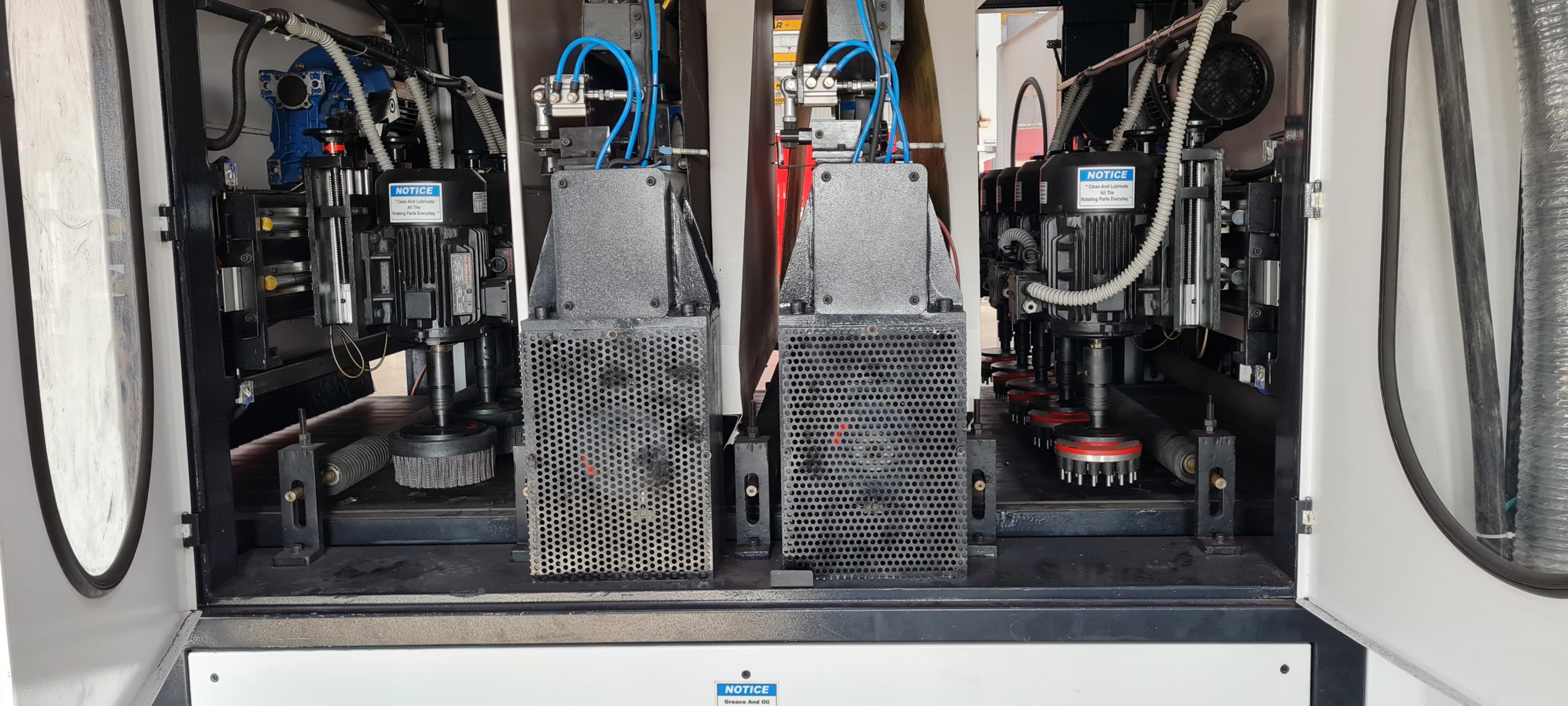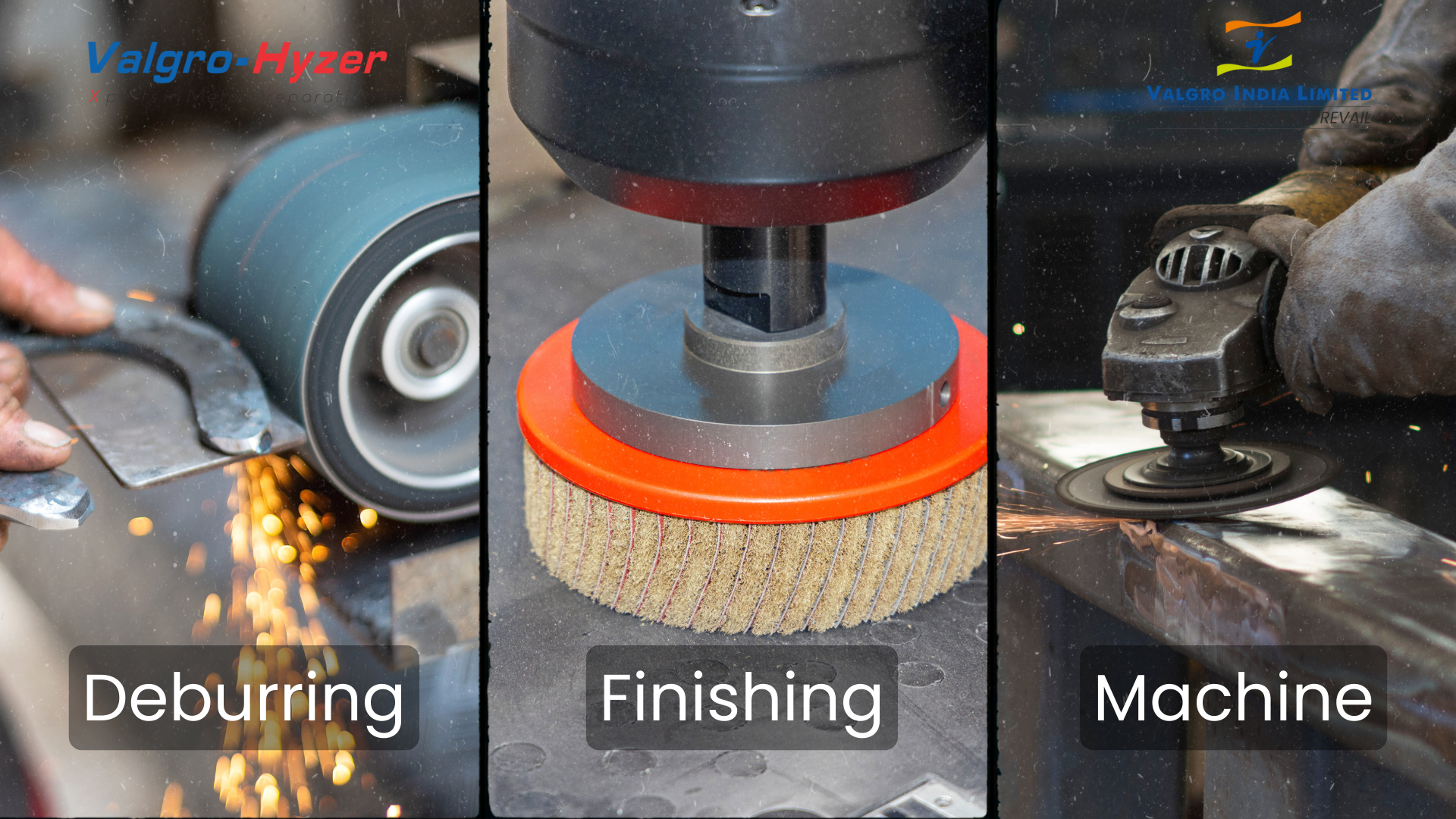With the advancement of technologies, the supply chain process is witnessing several changes in every aspect. Be it order management, logistics, or vendor management, every segment is drastically adopting modern methodologies to minimize cost and improve the profitability. Inventory management is one such key area, and Just-in-Time (JIT) is the most effective methodology for managing inventory effectively.
Similarly, the metal-cutting process, which is an essential part of any manufacturing business, is now performed through advanced machines. High-quality components with superior surface finish are essential to manufacturing best-in-class products. And when we talk about uninterrupted production, there is no space for poor quality.
You must be thinking why we are discussing JIT methodology in a metal finishing topic and how better surface finish by removing dross and slag can help in JIT.
There is a close relationship between these processes, and this post will show how you can help your customer in JIT implementation by removing dross and slag in your manufacturing process.
Stay connected.
What is dross and slag?

In the metal cutting process, especially in thermal cutting like oxyfuel, plasma, or flame cutting, small molten metals or spatters stick to the edges of the cutting surfaces. When these spatters cool down, it becomes tough to remove from the surface, and this leads to poor quality of the product. These are known as metal dross and slags.
What is JIT?
JIT or Just-In-Time is a methodology to manage inventory efficiently. It says that the components or materials should be received just when it is needed for production. JIT is very effective in reducing the inventory carrying cost and improves the Inventory Turnover Ratio significantly. This needs close coordination between the suppliers and the clients, a robust logistics system, and a solid quality control mechanism.
Why are dross and slag removal helpful in JIT manufacturing?
JIT manufacturing needs uninterrupted material supply. If you want to implement JIT in your supply chain, it is essential for you to select the right partner who has the same level of understanding, commitment, and, ultimately, the machines to support your JIT system. Valgro SLR Series deburring machine is perfect for helping the JIT system in deburring operation.

Dross and slags are unavoidable in the metal-cutting process and add no value to the component. Rather it forms waste and destroys the quality of the component. So, if your process does not have an efficient dross and slag removal machine, it’s next to impossible to support your client in JIT implementation.
Below are some facets which are the outcome of dross and slag removal and, in turn, help to establish JIT manufacturing.
Superior quality:
Automated Valgro dross and slag-removing machine can produce components with superior quality, which means minimum rejections. In JIT, it is mandatory aspect to deliver materials without any rejection. This ensures uninterrupted supply.
High production quantity:
To meet the customer’s demand, you not only need a slag removal machine with quality output but also an efficient one. Machines with high production capacity make sure that the assembly line gets the required materials just when needed.
Minimal downtime:
Downtimes are costly, not only for you but also for your customers. And when we are talking about JIT, stopping the assembly line due to material shortage is a crime. Therefore, to support your clients in JIT implementation, you need to make sure that there are ZERO breakdowns of your slag-removing machines.
Benefits of Valgro dross and slag removal machines:
There are several benefits of using Valgro dross and slag removal machines.
Remove manual process:
The modern competitive industry environment needs speed and unfortunately, most of the organizations still use manual processes to remove dross and slag. This is inefficient and generates poor-quality products. Valgro semi and fully automatic machines can help you to avoid the manual process partially or entirely, which gives you a competitive advantage.

Perfect deburring and edge rounding:
Being one of the leading players in this industry segment, Valgro dross and slag are designed to deliver the best quality. These high-precision machines are capable of generating perfect deburring and edge rounding, which is essential for any machine assembly.
Increase productivity:
Valgro machines are designed to reduce the cycle time without compromising with the quality of the products. The semi-automatic or fully automated machines need less change over time, minimum maintenance, and nominal supervision. These all indicate that Valgro machines can boost your shop floor’s productivity multifold.
For more detail about the process and technology for burr and dross removal please check
Slag and Dross removal – Plasma Cut part
Author:
Dr. Arvind Patel






